Since the beginning of 21st century, electric automotive vehicles became a shining star for the future, which evolved industries including the manufacturing of medium rate voltage industrial wire and cable. The electric car market is a growing segment of the automotive industry. A number of factors have contributed to this growth, not only economic and environmental factors, as local authorities in Europe, North America, and Asia have also stimulated demand for vehicles powered by alternative energy sources. While the popularity of so-called EVs (electric cars) varies by market around the world, there is no doubt that it is growing and will likely continue to grow. In addition to the drive unit (or units), there is of course a core component of an electric vehicle, the power supply. In most cases, power comes from a set of rechargeable lithium-ion batteries. A single vehicle can contain up to thousands of individual 18650 units. The leading technologies today are Li-ion NMC (with graphite in the negative electrode and nickel, manganese and cobalt in the positive electrode) and Li-ion NCA (with aluminum oxide). Such batteries are characterized by good electrical properties, energy density and relatively high reliability. It is worth mentioning that vehicles using nickel metal hydride batteries (known as NiMH) have only recently been launched on the market, but their implementation involves many complexities (high operating temperature, hydrogen emissions). On the other hand, the future is increasingly associated with the use of greener and more durable Li-FePO4 batteries or Lithium Iron Phosphate batteries (also known as LFPs). Primary energy storage is not the only power source used by electric car manufacturers. Some fully electrified vehicles still use conventional lead acid batteries as additional power sources (e.g. for lighting). 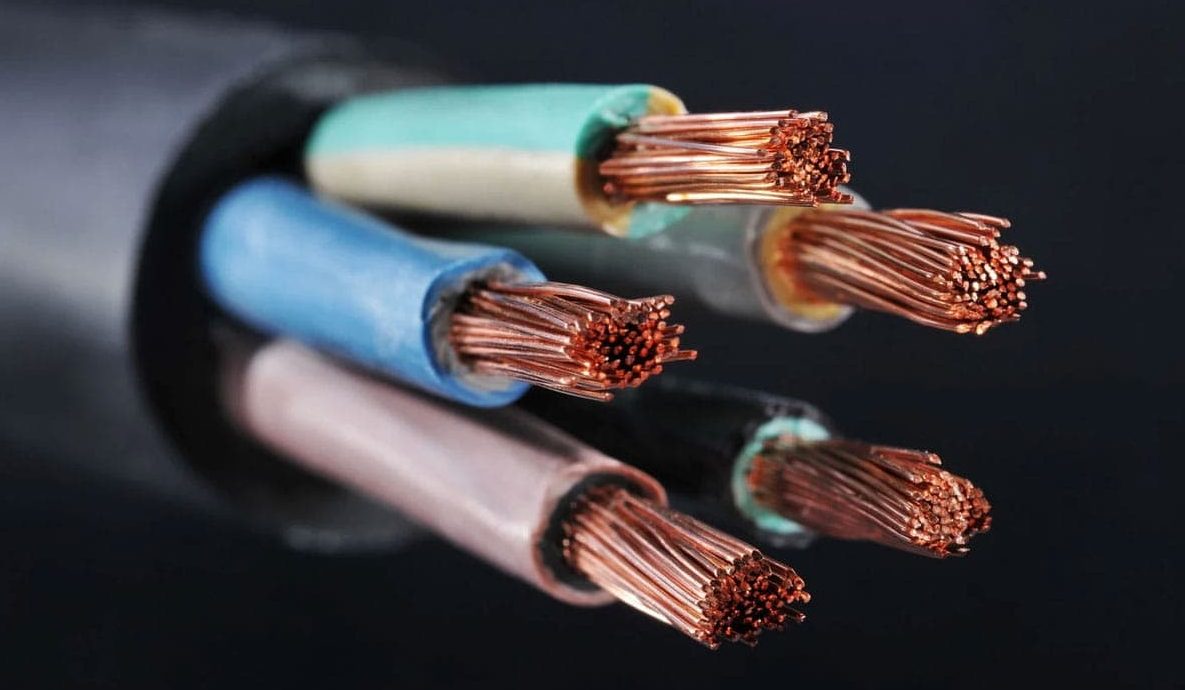 In addition, supercapacitors are installed in charge controllers, motor controllers (inverters), acceleration assist systems and energy recovery systems such as regenerative braking. While supercapacitors are considered to be the successor to lithium batteries, they have so far only served as a support for methods that have been implemented and thoroughly tested. Using a battery pack that delivers high current (high power density) in combination with a polyphase motor can provide electric vehicles with excellent power (high torque even at low speeds) without the need for a manual gearbox. Thanks to this design, electric cars are also characterized by high reliability and quiet operation, and despite their increasing popularity, they are still far from dominating the car market. Why? Electricity - why not? It can be seen that the development of electric vehicles is directly related to advances in propulsion technology and energy storage methods. These questions are reflected in several studies of consumer attitudes towards electric vehicles. While a vehicle's "performance" is fairly satisfactory to most potential buyers - drivers are sometimes skeptical of their range (the distance a car can travel on a single charge). Some sources even describe the psychological phenomenon of "distance anxiety". This is an anxiety caused by three factors: (1) uncertainty about whether the energy stored in the battery can reach its destination, (2) limited availability of charging stations, and (3) long charging times. "Range anxiety" is often cited as a reason not to buy an electric car. It's time to address these three questions by answering the questions that plague consumers.
In addition, supercapacitors are installed in charge controllers, motor controllers (inverters), acceleration assist systems and energy recovery systems such as regenerative braking. While supercapacitors are considered to be the successor to lithium batteries, they have so far only served as a support for methods that have been implemented and thoroughly tested. Using a battery pack that delivers high current (high power density) in combination with a polyphase motor can provide electric vehicles with excellent power (high torque even at low speeds) without the need for a manual gearbox. Thanks to this design, electric cars are also characterized by high reliability and quiet operation, and despite their increasing popularity, they are still far from dominating the car market. Why? Electricity - why not? It can be seen that the development of electric vehicles is directly related to advances in propulsion technology and energy storage methods. These questions are reflected in several studies of consumer attitudes towards electric vehicles. While a vehicle's "performance" is fairly satisfactory to most potential buyers - drivers are sometimes skeptical of their range (the distance a car can travel on a single charge). Some sources even describe the psychological phenomenon of "distance anxiety". This is an anxiety caused by three factors: (1) uncertainty about whether the energy stored in the battery can reach its destination, (2) limited availability of charging stations, and (3) long charging times. "Range anxiety" is often cited as a reason not to buy an electric car. It's time to address these three questions by answering the questions that plague consumers. 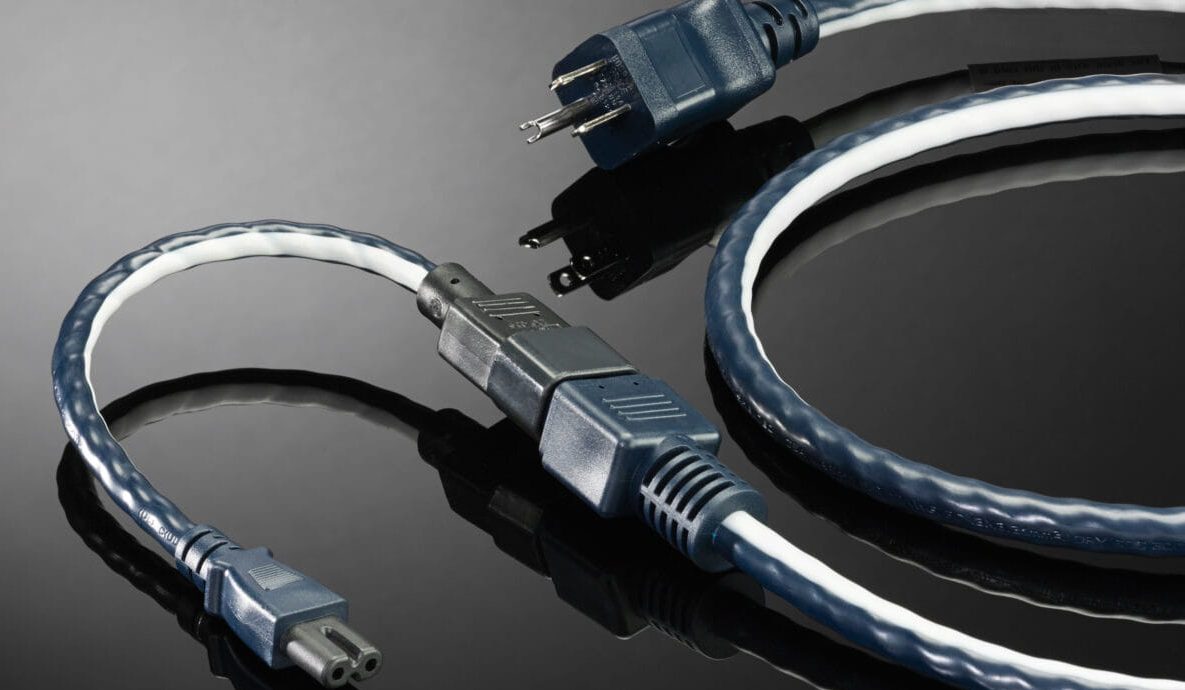
Medium voltage wire for electric vehicles
Low, medium, and high voltage cable and wire are used in electric automotive vehicles for different purposes. In the inner workings of an electric vehicle, think of a wire as a single conductor and a cable as a set of wires or a bundle of conductors. Wires and cables conduct electricity, power the vehicle's battery and keep the vehicle running. In general, there are two types of EV cables that are part of an electric vehicle supply equipment (EVSE): Battery cable - Unlike low voltage ICE cables, it is designed for higher currents and voltages. Charging cable - Used to connect the vehicle to an external power source. Electric vehicles (EVs) typically come with two different charging cables. Type 1 charging cable for charging in a three-pin socket. Type 2 EV charging cables are used in many public charging stations and home EVSEs (EV charging stations). Popular EV models include the Nissan Leaf, Tesla Model S and BMW i3. Hybrid electric vehicles (PHEVs) also use charging cables, but with slightly different settings. PHEVs have a traditional internal combustion engine powered by an electric motor. PHEVs can be charged at public EVSEs or using a portable EV charger that plugs into a standard outlet. Popular PHEVs include the BMW X5e, Volvo XC90 and Mitsubishi Outlander. As the EV industry continues to evolve, there are many technologies surrounding EVs, cables and charging components. Many popular EVs and PHEVs have different charging levels, plug types (depending on location), AC or DC charging, and battery capacity. 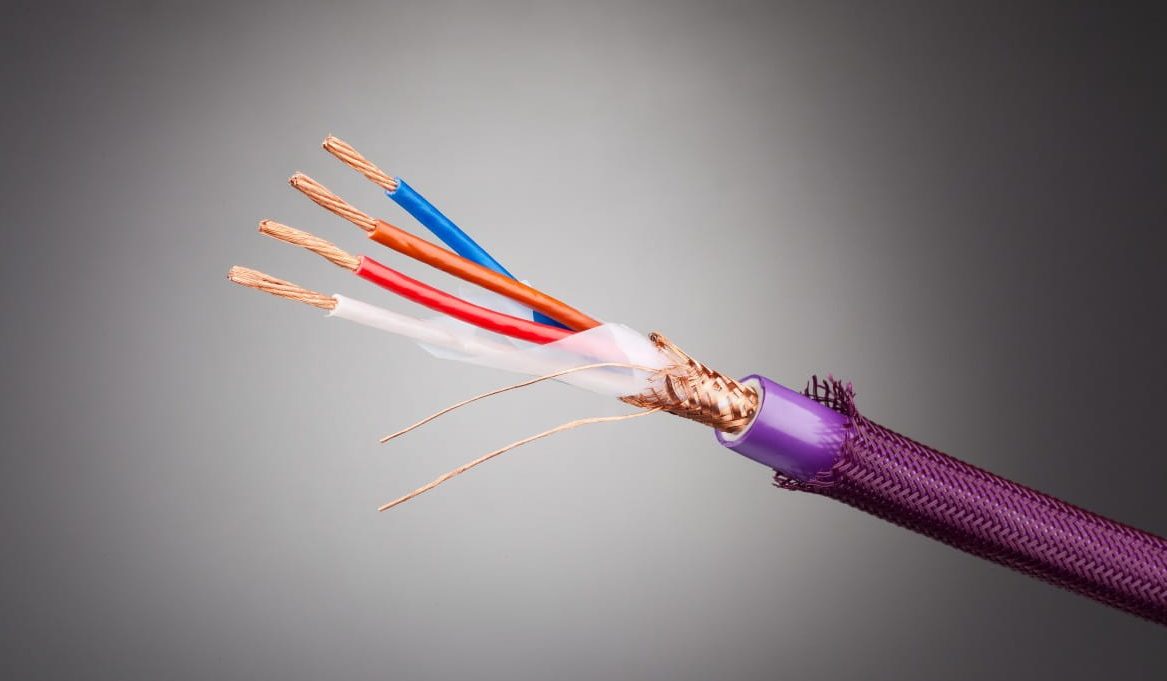 Other EV charging cables and components include: THHN is used to connect electrical wires and data cables from the grid to charging stations. Charging station power distribution board line, data line, circuit breaker box. Connectors, clips and connectors for connecting the charging station to the vehicle. Primary car thread. Standard battery cable for PHEV. Ethernet cables, ISO cables and CAN bus cables. Specifications for battery cable for electric vehicles Current capacity is the main difference between EV battery cables and traditional low-voltage cables used in internal combustion engine vehicles. Most electric cars require 400 volts and above. Other standards and specifications may vary globally. For most EV batteries, the following ranges apply: Voltage: 100V-200V for PHEV and 400V to 800V and above for EV. nsulation materials: Polyvinyl chloride (PVC), thermoplastic polyurethane (TPU), cross-linked polyethylene (XLPE), cross-linked fluoroelastomer (XLFE) and silicone. Temperature resistance: PVC insulated cables are rated for 90° to 105°C; TPU insulated cables and XLPE insulated cables are rated up to 125°C (Note: irradiated XLPE is rated up to 150°C); XLFE and silicone insulated cables are rated for temperatures up to 200°C. Insulation and temperature resistance are key factors to avoid electromagnetic interference and damage to electric vehicle wires, cables and other components. Cables must withstand heat throughout the life of the vehicle. Each type of insulation has advantages and disadvantages. The popular PVC insulation is cost-effective and flexible, but offers less thermal protection. TPU is water resistant, but has a lower heat resistance. XLFE is stronger and more heat resistant, but stiff and inflexible, making it difficult to use under tight tolerances. Silicone is very flexible and heat resistant, but not resistant to certain chemicals, such as battery acid.
Other EV charging cables and components include: THHN is used to connect electrical wires and data cables from the grid to charging stations. Charging station power distribution board line, data line, circuit breaker box. Connectors, clips and connectors for connecting the charging station to the vehicle. Primary car thread. Standard battery cable for PHEV. Ethernet cables, ISO cables and CAN bus cables. Specifications for battery cable for electric vehicles Current capacity is the main difference between EV battery cables and traditional low-voltage cables used in internal combustion engine vehicles. Most electric cars require 400 volts and above. Other standards and specifications may vary globally. For most EV batteries, the following ranges apply: Voltage: 100V-200V for PHEV and 400V to 800V and above for EV. nsulation materials: Polyvinyl chloride (PVC), thermoplastic polyurethane (TPU), cross-linked polyethylene (XLPE), cross-linked fluoroelastomer (XLFE) and silicone. Temperature resistance: PVC insulated cables are rated for 90° to 105°C; TPU insulated cables and XLPE insulated cables are rated up to 125°C (Note: irradiated XLPE is rated up to 150°C); XLFE and silicone insulated cables are rated for temperatures up to 200°C. Insulation and temperature resistance are key factors to avoid electromagnetic interference and damage to electric vehicle wires, cables and other components. Cables must withstand heat throughout the life of the vehicle. Each type of insulation has advantages and disadvantages. The popular PVC insulation is cost-effective and flexible, but offers less thermal protection. TPU is water resistant, but has a lower heat resistance. XLFE is stronger and more heat resistant, but stiff and inflexible, making it difficult to use under tight tolerances. Silicone is very flexible and heat resistant, but not resistant to certain chemicals, such as battery acid.  To determine the best cable selection, engineers typically refer to IEC 60287 or "Calculation of continuous current rating of cables (100% load factor)" to understand the current-carrying capacity of a given EV cable. Other standards may include ISO-19642-5 Road Vehicles: Automotive Cables and ISO 6722-1:2011: Road Vehicles: 60 V and 600 V Single Core Cables. What color are the high voltage cables used in hybrid or electric cars? Most cables are orange, but some are blue. Consumers need to understand how to identify these cables on the vehicle. Most OEMs are well versed in the different colors used in cable manufacturing, but it's useful to be reminded. From the consumer's point of view, the requirements for the charging cable depend on the capacity of the charging station and the vehicle. Mode/Type/Class 1 charging station standard is 120 volts using AC power. These are considered universal chargers - matching standard 15 amp North American wall plugs. The mode/type/level 2 charging station is 240 volts and uses alternating current. Most public charging stations are level 2 and provide 40 amps, equivalent to the capacity of a large household appliance. Model/Type/Level 3 charging stations are known as DC "fast" or "superchargers". These charging stations are directly connected to the grid and have an output of 50-400 KW. They require over 480 volts and 120 amps. These levels offer different speed and charging power ranges, with level 1 being the slowest and lowest and level 3 being the highest charging time.
To determine the best cable selection, engineers typically refer to IEC 60287 or "Calculation of continuous current rating of cables (100% load factor)" to understand the current-carrying capacity of a given EV cable. Other standards may include ISO-19642-5 Road Vehicles: Automotive Cables and ISO 6722-1:2011: Road Vehicles: 60 V and 600 V Single Core Cables. What color are the high voltage cables used in hybrid or electric cars? Most cables are orange, but some are blue. Consumers need to understand how to identify these cables on the vehicle. Most OEMs are well versed in the different colors used in cable manufacturing, but it's useful to be reminded. From the consumer's point of view, the requirements for the charging cable depend on the capacity of the charging station and the vehicle. Mode/Type/Class 1 charging station standard is 120 volts using AC power. These are considered universal chargers - matching standard 15 amp North American wall plugs. The mode/type/level 2 charging station is 240 volts and uses alternating current. Most public charging stations are level 2 and provide 40 amps, equivalent to the capacity of a large household appliance. Model/Type/Level 3 charging stations are known as DC "fast" or "superchargers". These charging stations are directly connected to the grid and have an output of 50-400 KW. They require over 480 volts and 120 amps. These levels offer different speed and charging power ranges, with level 1 being the slowest and lowest and level 3 being the highest charging time. 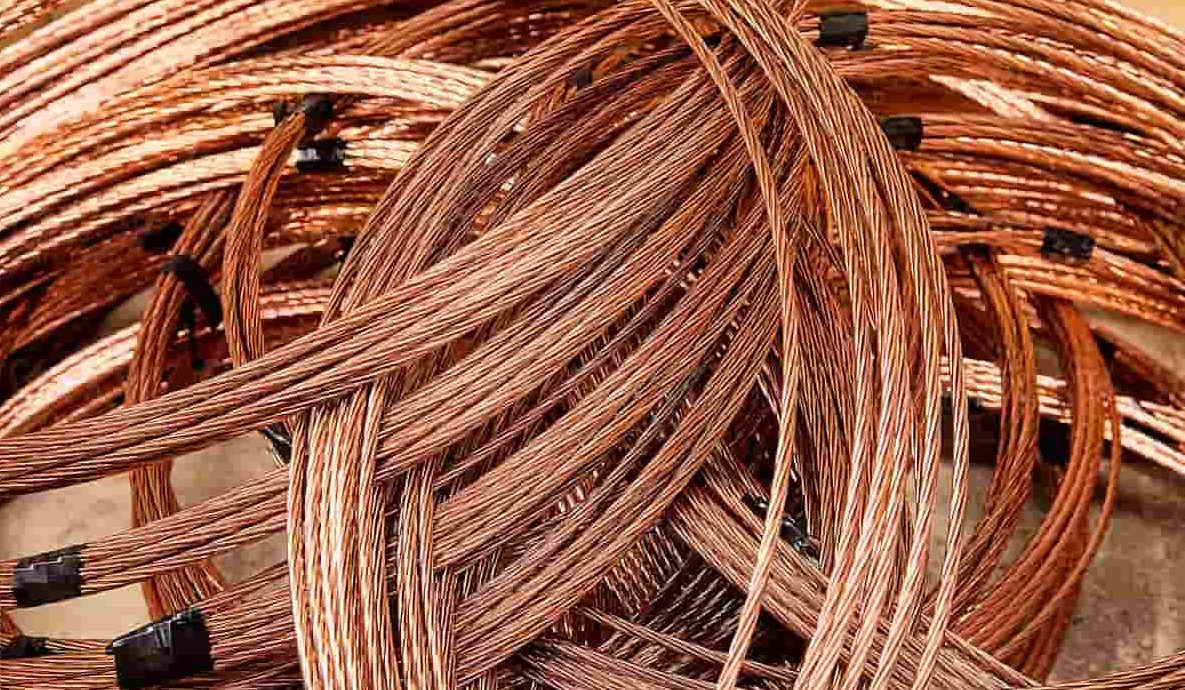
Medium voltage cable for electric vehicles
As was mentioned, different types of wire and cable, low voltage, medium voltage, and high voltage, are used for manufacturing electric automotive vehicles. One of the main consumers of wire and cable is the "car factory", so the materials used in the wire and cable are carefully designed to have high resistance to vibration, heat, and hydrocarbons while reducing weight. Cars and their production costs. As can be seen from the name of this product, it is used for wiring in various cars, because it is made of copper, it has low resistance and therefore much less energy loss, and also because of the insulation, the wires are protected from high temperature electric wire. It is important to note that the devices in the car require different voltages and currents, so in order to flow correctly from the battery to the car's devices, the correct low-quality devices with special functions must be selected and non-standard wiring can cause damage to car parts or even fire. To protect the conductive parts of wires and cables from heat, vibration, and chemicals, wires and cables must use insulation materials made of polyvinyl chloride, polypropylene, polyethylene, and chlorinated polymers, some of which may be halogen-free. According to the use of the wire and cable, considering that the insulator can withstand different temperatures, the wire and cable use T3 and T4 grade polyester for wear resistance. 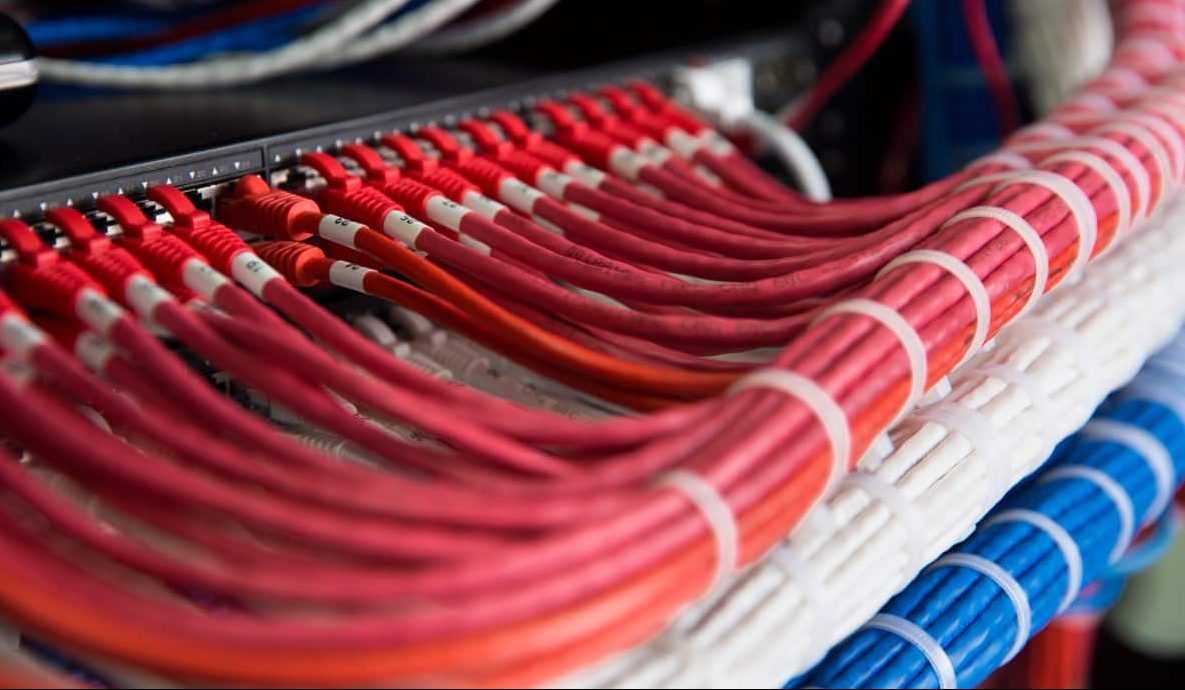 Insulators are used in wires and cables for batteries, hybrid and electric cars with high heat resistance and flexibility. Perhaps the standards for wires and cables used in cars in the past few years have been looser due to lower technology and simpler working conditions, but with the increase in the speed and power of cars and the increase in electronic equipment, there is a degree of these sensitivities One of the most professional wire and cable products at present can be called automotive wire. In this growth, some of the factors that make the lines of communication in the vehicle more special are as follows: Perhaps the standards for wires and cables used in cars in the past few years have been looser due to lower technology and simpler working conditions, but with the increase in the speed and power of cars and the increase in electronic equipment, there is a degree of these sensitivities One of the most professional wire and cable products at present can be called automotive wire. In this growth, some of the factors that make the lines of communication in the vehicle more special are as follows: Higher Vibrations: By achieving higher speeds, the body naturally experiences higher intensity and frequency vibrations, which require the wear and tear resistance of polymer cable insulation.
Insulators are used in wires and cables for batteries, hybrid and electric cars with high heat resistance and flexibility. Perhaps the standards for wires and cables used in cars in the past few years have been looser due to lower technology and simpler working conditions, but with the increase in the speed and power of cars and the increase in electronic equipment, there is a degree of these sensitivities One of the most professional wire and cable products at present can be called automotive wire. In this growth, some of the factors that make the lines of communication in the vehicle more special are as follows: Perhaps the standards for wires and cables used in cars in the past few years have been looser due to lower technology and simpler working conditions, but with the increase in the speed and power of cars and the increase in electronic equipment, there is a degree of these sensitivities One of the most professional wire and cable products at present can be called automotive wire. In this growth, some of the factors that make the lines of communication in the vehicle more special are as follows: Higher Vibrations: By achieving higher speeds, the body naturally experiences higher intensity and frequency vibrations, which require the wear and tear resistance of polymer cable insulation.  Greater temperature range: As a device that can be used in the hottest and coldest areas of the planet, on the other hand, the more powerful motor operates in a higher temperature range than the older model, determining performance at very low and very high temperatures. Resistant to corrosive substances: In new vehicles, more and more specialized chemicals are used, which can damage all exposed components, especially current transmission lines, requiring the design of new, more sensitive polymers. Weight: As electrical systems grow, more communication wires must be used, the total length of these wires sometimes reaches 1600 meters, so these wires must have an optimal conductor diameter and minimum insulation diameter, in addition to providing mechanical and electrical requirements will benefit. Functional colors: Due to the high number of wires used in cars, they require distinguishing features that create a wide range of functions in the form of striped colors on the main color. In addition to the above, another important characteristic of automotive wiring is the special size of the group, which is neither produced according to the AWG standard nor the IEC60228 mm standard that general wires and cables follow.
Greater temperature range: As a device that can be used in the hottest and coldest areas of the planet, on the other hand, the more powerful motor operates in a higher temperature range than the older model, determining performance at very low and very high temperatures. Resistant to corrosive substances: In new vehicles, more and more specialized chemicals are used, which can damage all exposed components, especially current transmission lines, requiring the design of new, more sensitive polymers. Weight: As electrical systems grow, more communication wires must be used, the total length of these wires sometimes reaches 1600 meters, so these wires must have an optimal conductor diameter and minimum insulation diameter, in addition to providing mechanical and electrical requirements will benefit. Functional colors: Due to the high number of wires used in cars, they require distinguishing features that create a wide range of functions in the form of striped colors on the main color. In addition to the above, another important characteristic of automotive wiring is the special size of the group, which is neither produced according to the AWG standard nor the IEC60228 mm standard that general wires and cables follow.
